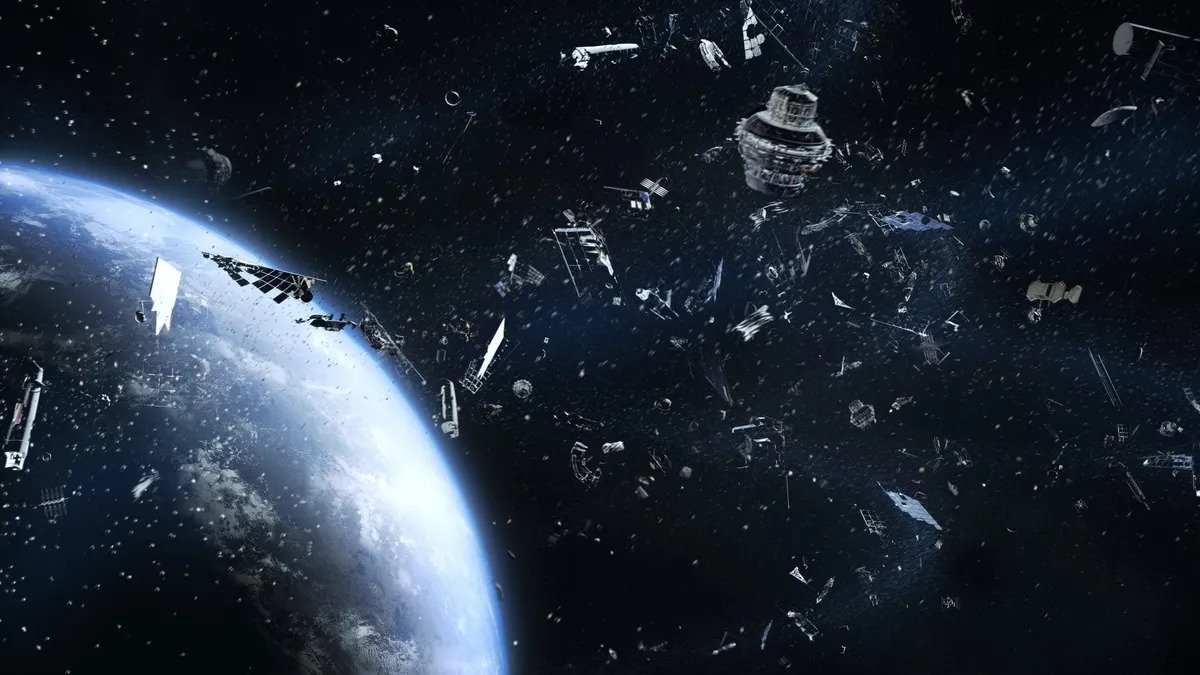The disabled Soviet satellite Cosmos 803 and the stage of the Chinese rocket Long March 4С almost collided in orbit. If these two fragments of space debris could not miss each other, it could lead to catastrophic consequences.

Fragments of space debris almost collided
The Leolabs Space Traffic Control Service, which tracks the orbits of all active and “dead” satellites, as well as various objects that orbit the Earth, reports on the accident that almost happened on September 13. Then two large fragments of space debris almost collided: an old Soviet satellite and a Chinese rocket stage.
The objects came close to the minimum distance, but flew past each other. According to Leolabs, the first one was an old Soviet satellite, Cosmos-803. It was launched back in 1976, and it has not worked for a long time. However, its mass was quite significant—400 kg.
The second object was the upper stage of the Chinese carrier Long March 4С. It was in orbit five years ago. It still hasn’t fallen to Earth. Both fragments of debris at the time of the maximum approach, which occurred at an altitude of 689, had a speed of 7.5 km/s.
What is the danger of a collision
According to Leolabs calculations, the minimum distance between two fragments of debris was only 36 m. This corresponds to a 0.1 percent chance of collision. If it had happened, it would have formed about 3,000 fragments. There are still traces of atmosphere at this altitude, but they are too thin to slow down even small fragments.
They would stay in orbit for months until they fell to Earth and burned up in the atmosphere. How much trouble they would have caused during this time can only be guessed. For the past year, the ISS had to dodge debris formed as a result of testing Russian anti-satellite weapons.
The result of the collision of two fragments of debris could be even grander. It is quite possible that it would threaten not only the ISS, but also the Chinese Tiangong station, as well as numerous active satellites.
According to www.space.com
Follow us on Twitter to get the most interesting space news in time
https://twitter.com/ust_magazine
